Unfortunately they are everywhere...
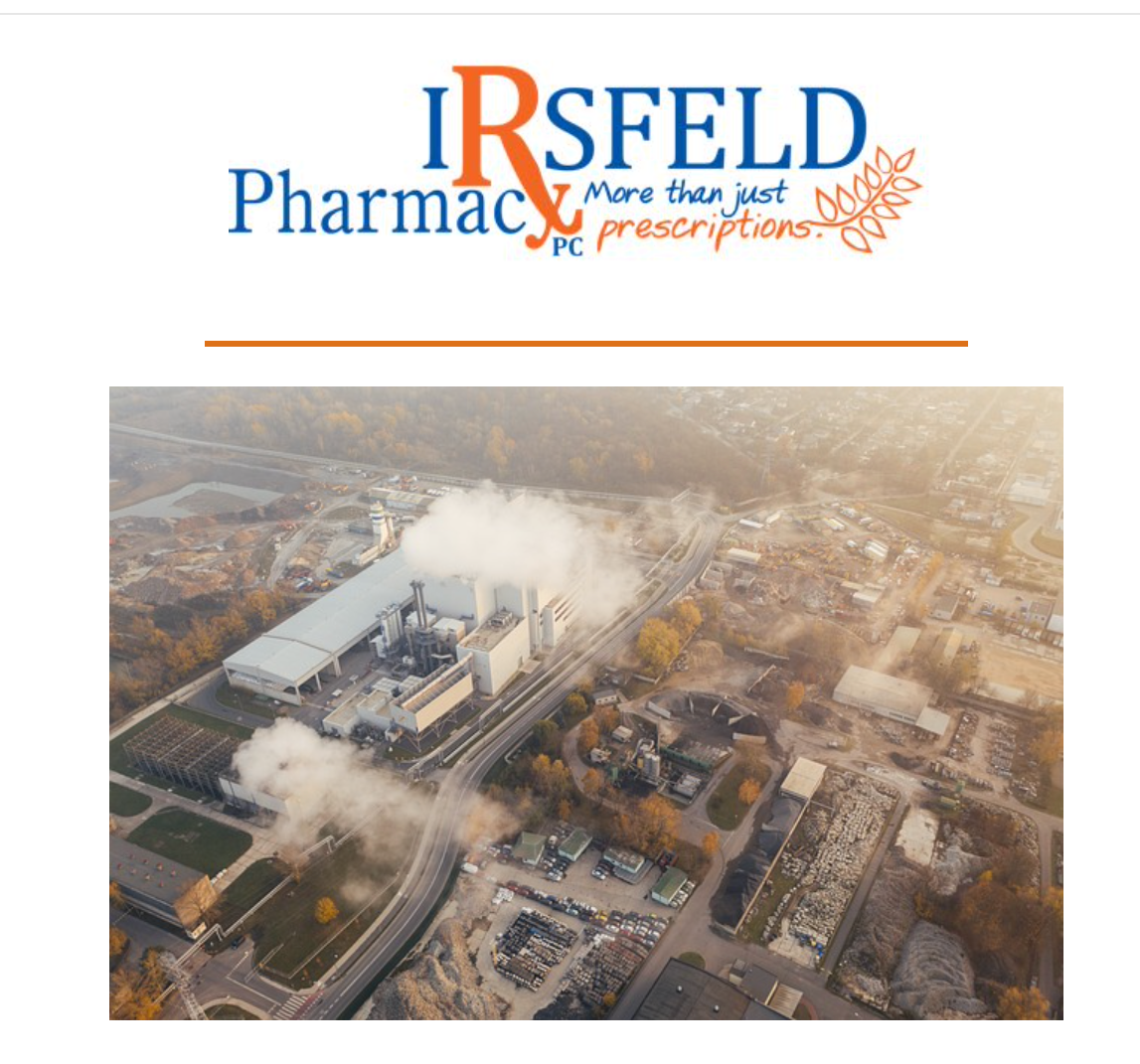
One thing we can all agree on is that we live in a toxic world. Did you know that each year, almost 4 billion pounds of chemical compounds are released into the environment? That amount of chemicals is staggering. We talk about global warming and the effects on our environment that cows produce when they fart. Still, I would challenge that the more significant issue is the amount of chemicals released into the environment. Nobody seems to talk about these chemicals, and if you follow the money, there is most likely a reason it's not discussed. The previous statements might not sit well with some, but they are issues to ponder.
The word "toxin" doesn't describe a specific class of compounds but rather something that can cause harm to our body. If you look up the definition, you will get this: A poisonous or harmful nonbiological substance, such as a pollutant. Toxins can also be a byproduct of a living cell or organism that, when released, can cause disease when introduced to the bodily tissue. The focus of this article will be on toxins as pollutants.
Toxins can be detrimental to our systems. A growing body of literature suggests that there may be an association between toxin exposure and some chronic conditions, such as chronic fatigue syndrome, fibromyalgia, and atherosclerosis, along with many other chronic diseases and illnesses.
Our bodies are excellent detoxifiers. However, some toxins can build up and be stored in our fat tissue. Eventually, if these toxins are left unchecked, they can be sources of inflammation, and as we know, inflammation can promote chronic disease and illnesses as discussed above. Toxins can also affect our microbiome, the bacteria littering our intestinal tract, disrupting it, or killing it off. Knowing that toxins are in the environment is the first step in understanding that toxins are a problem.
When our bodies deal with toxins, we have two options to consider. The first is decreasing the exposure to toxins, and the second is enhancing the removal of toxins. When reducing exposure, here are some common and not-so-common toxins that you might want to look at avoiding:
• Cash register receipt tape. Yeah, that is a hard one to believe, and as a matter of fact, we are looking into changing to a non-toxic BPA, BPS, and Phenol-free receipt tape that we will be using once the current batch of toxic stuff is gone.
• Fruit and Vegetables – Pesticides and herbicides in foods are getting more challenging to avoid – choosing organic when possible is a great option; however, it can be costly at certain times of the year, and quality doesn't seem to be there. The Dirty Dozen lists the most toxic fruits and vegetables and things you might want to consider buying organic. In contrast, the Clean Fifteen fruits and vegetables are less likely to hold onto toxins and might be a safer choice if not purchased as organic. Farmer's market is a great option, but make sure you deal with vendors that choose to grow organic products.
• Swordfish & Tuna are the most toxic fish to consume.
• Electromagnetic fields (EMFs) – or electro-pollution may be contributing to the increased prevalence of chronic illnesses in recent years, such as fibromyalgia, chronic fatigue syndrome, autism, multiple sclerosis, and other autoimmune disorders. Cell phones are a significant source of EMFs. Here are some tips to mitigate this issue:
· Sleep with your cell phone in another room if possible.
· Try not to carry your phone on your body, and if you do, keep it in airplane mode.
· Use the speaker when talking so you don't have your ear up to the phone.
• Plastic – Some of the most common things are plastic water bottles, plastic lids on cups of coffee, and plastic food storage bags and containers. It seems almost impossible to avoid these things, but here are some hints.
· Tote your glass or stainless-steel water bottle or ceramic coffee cup that can be refilled and reused.
· Store your food in glass containers. Most come with plastic lids, but try not to have them touch your food.
· or Silicone reusable zipper storage bags
• Self-care products. Estimates show that we are exposed to 127 toxins before we ever leave the house in the morning, and many of them have to do with things we spray and apply while standing in front of the mirror. Here are some hints to avoidance:
· Non-toxic deodorant can be a little tricky to work with, but I have been doing it for about 5+ years. It was difficult the first couple of weeks because it felt like I had body odor all the time, but my wife reassured me that I didn't.
· Lead-free lipstick – Make sure the product you are applying to your lips does not contain lead as many do. The lead is what makes the product stick better.
· Anti-bacterial soap: Americans use nearly $1 billion worth of these products a year, even though studies show they are no more effective than regular soap and water at reducing the spread of germs. These products contain two active ingredients – triclocarban and triclosan – found in experiments to disrupt reproductive hormone activity and interfere with cell signaling activities in the brain and heart.
· The Environmental Working Group has a site called Skin Deep that can help you choose safe products for you and your family. Here is the site: https://www.ewg.org/skindeep/
Looking at the list and assessing toxins in your daily living might be your best start. Although many of these are hard to avoid, it would be in your best interest to decrease your exposure to these and all toxins.
Next week's article will discuss ways to remove toxins from our bodies safely. I hope this gave you insight into toxins and where they appear in our everyday lives.
If you would like help with doing a detox protocol, please reach out to my staff at the pharmacy, as they would be more than willing to help you out at 701-483-4858. All my articles can be found online at our website, www.irsfeldpharmacy.com. My podcast, "The Irsfeld Pharmacy Optimal You Podcast," can also be accessed through the website.
Until next time, be vigilant about your health!!


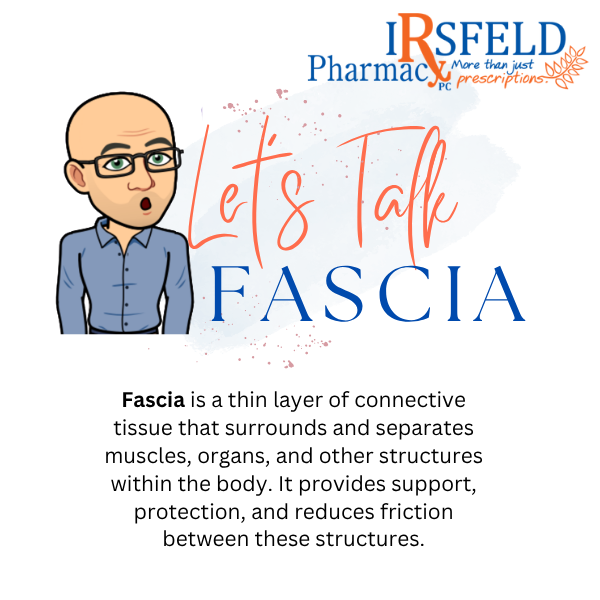
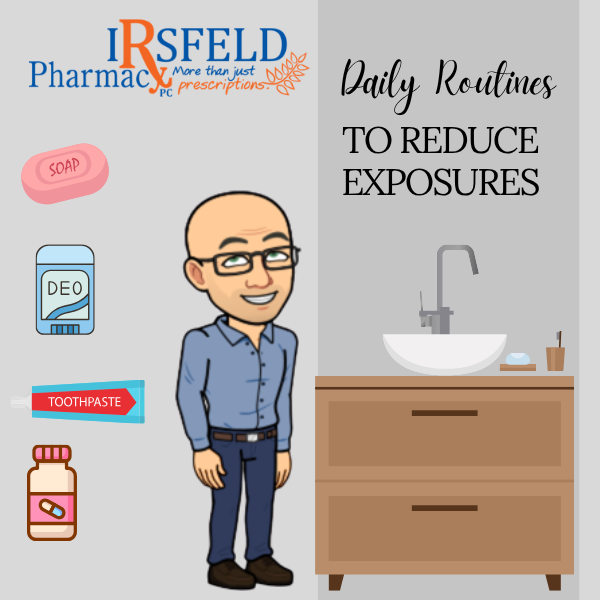



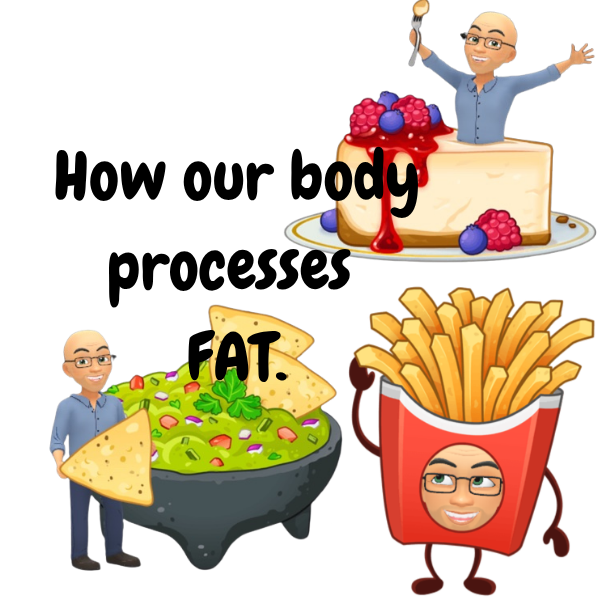
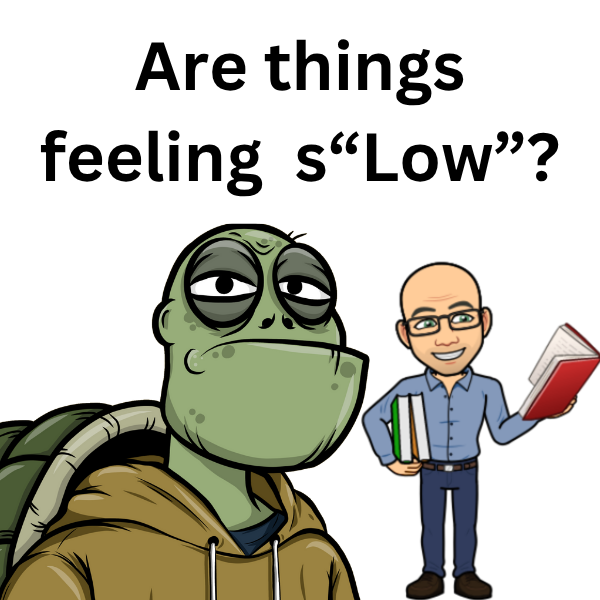



Share On: